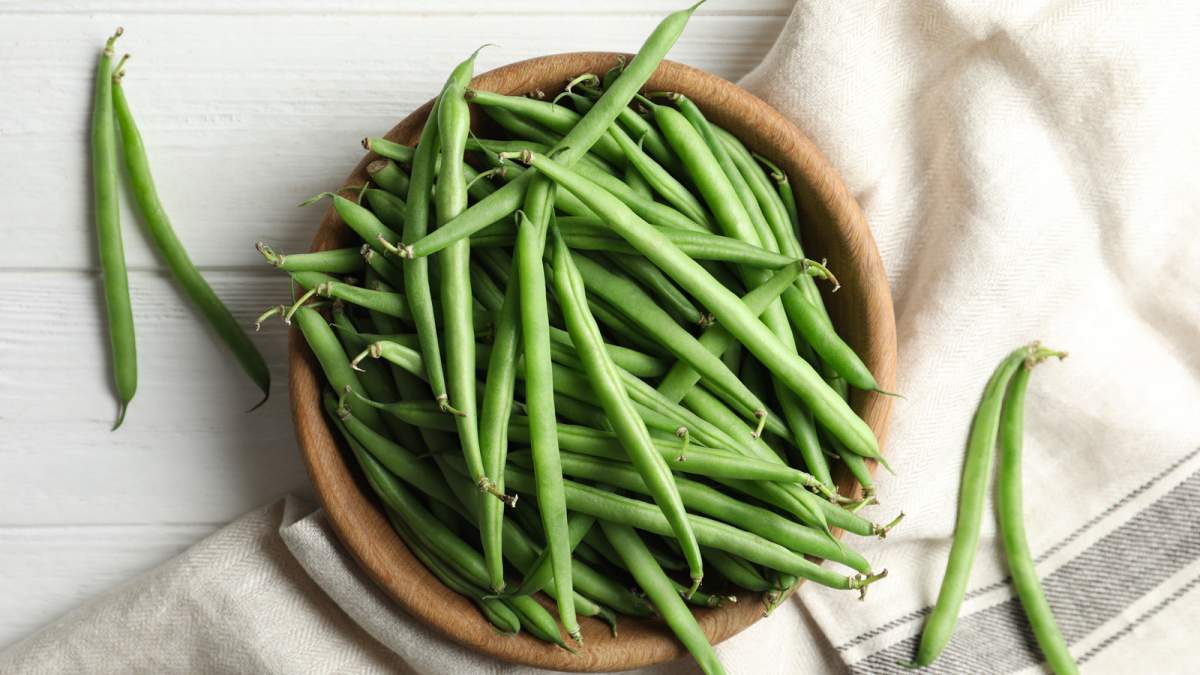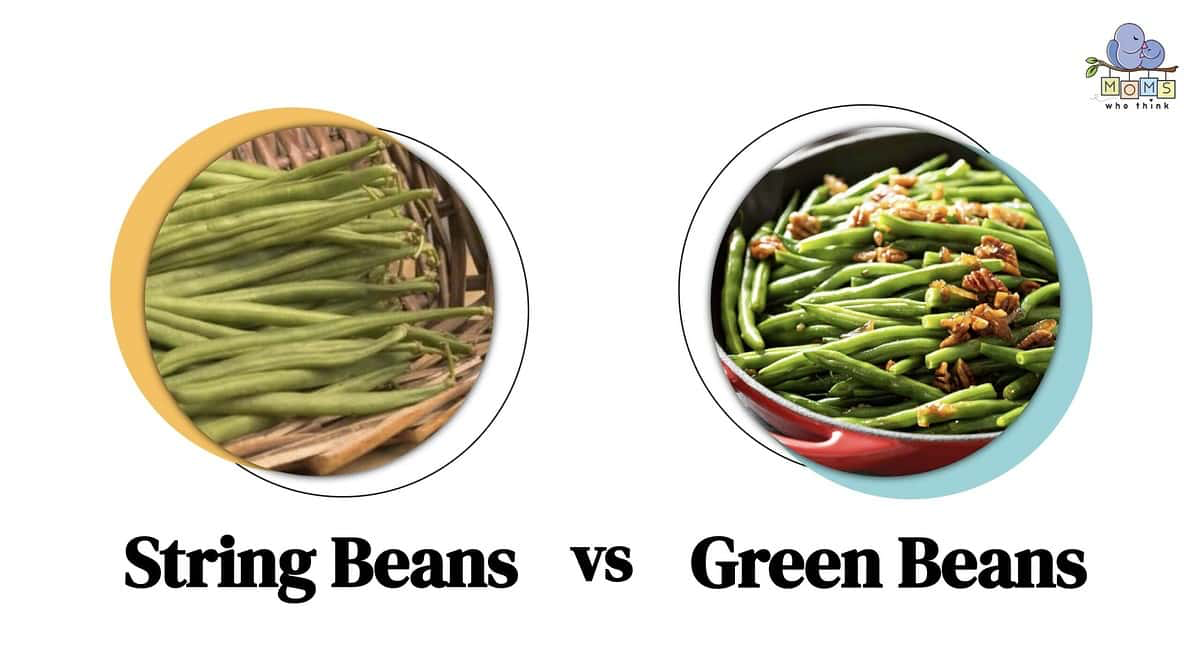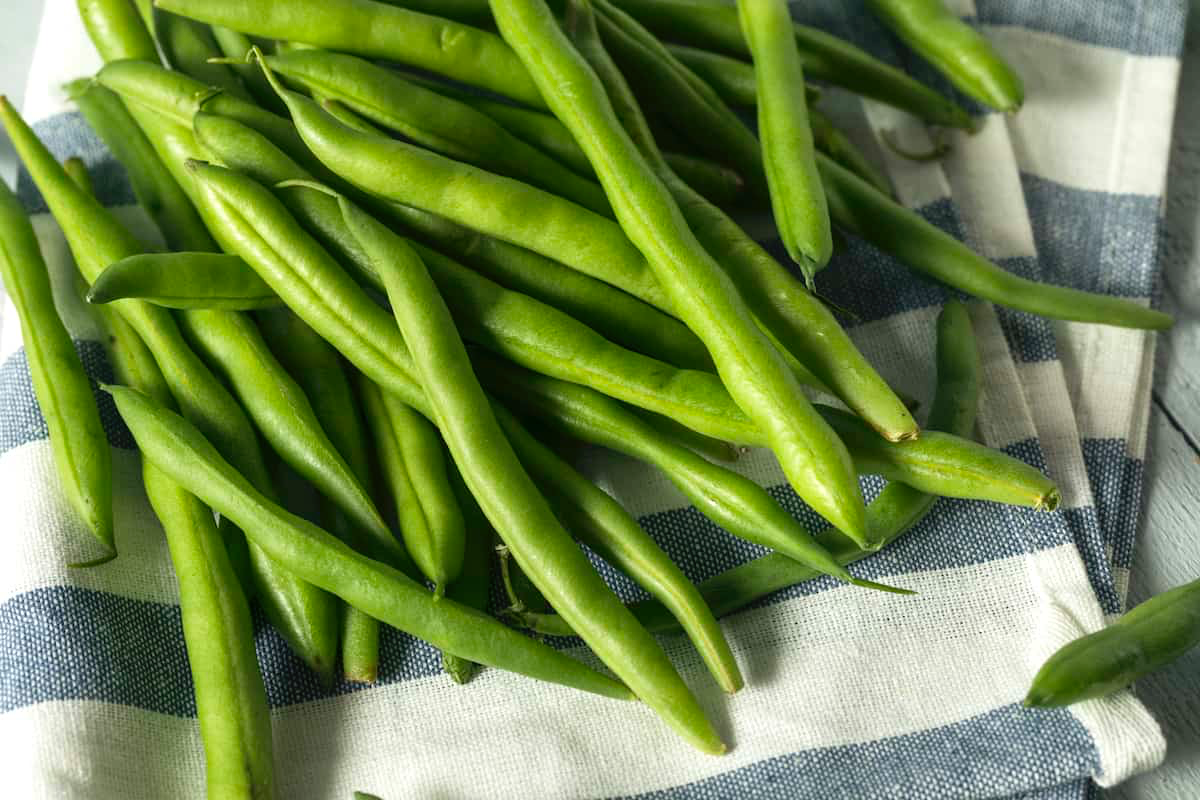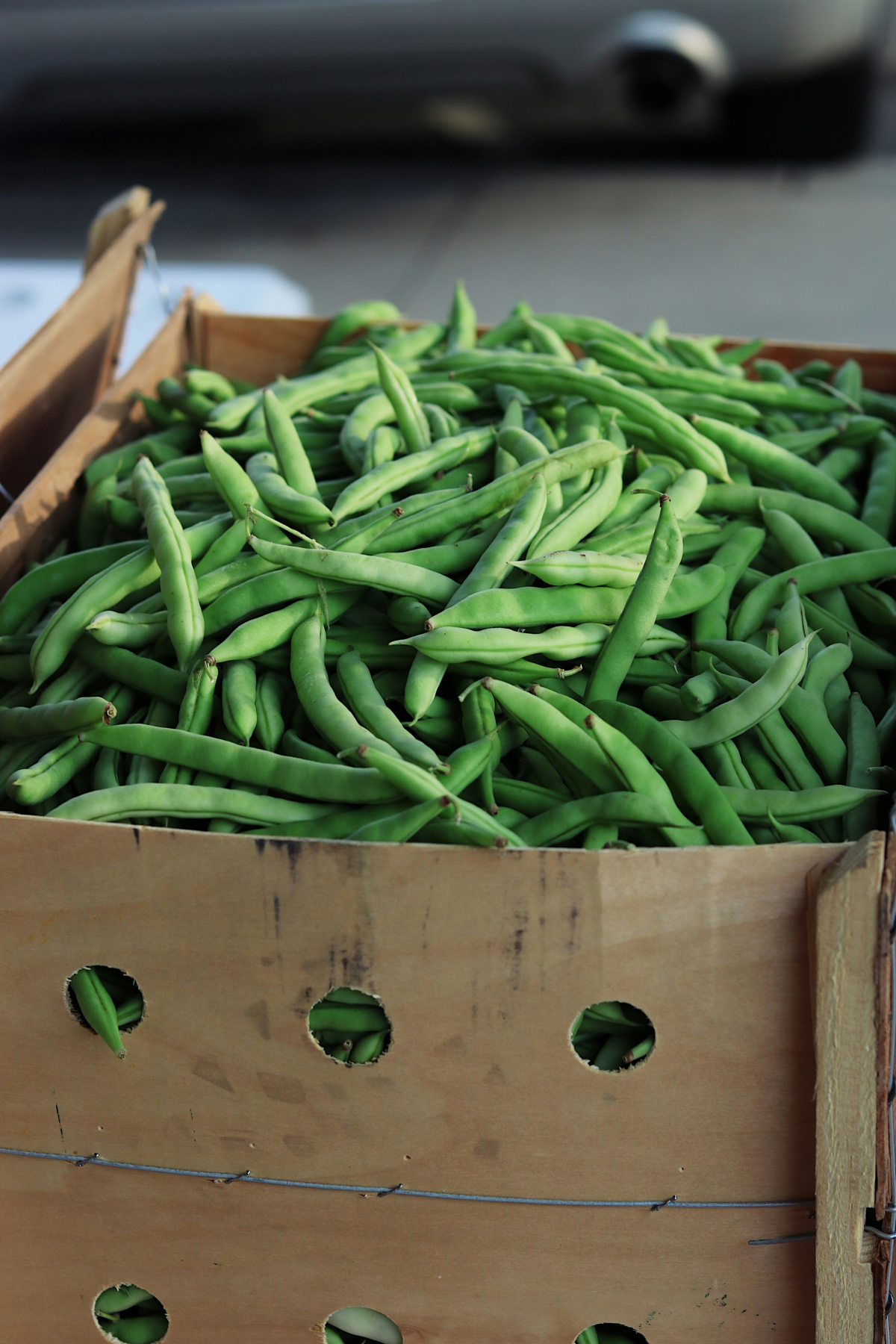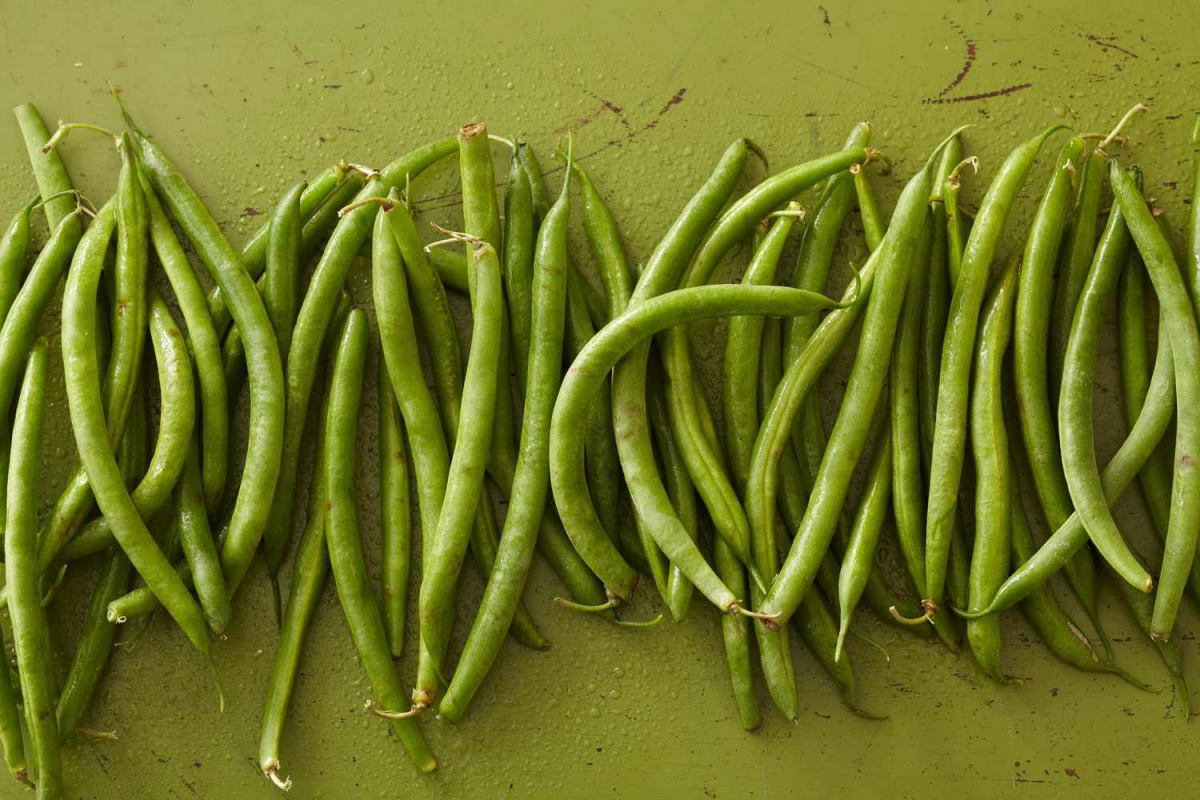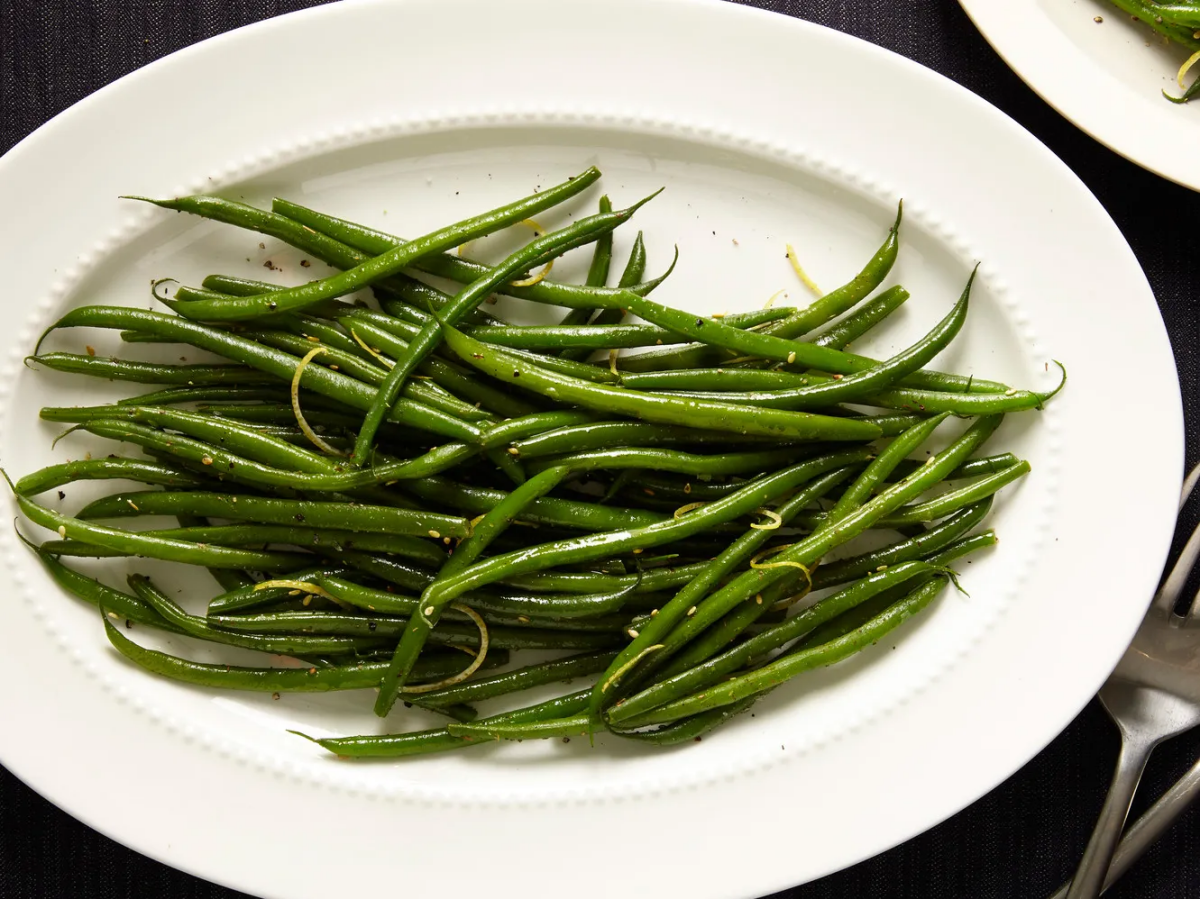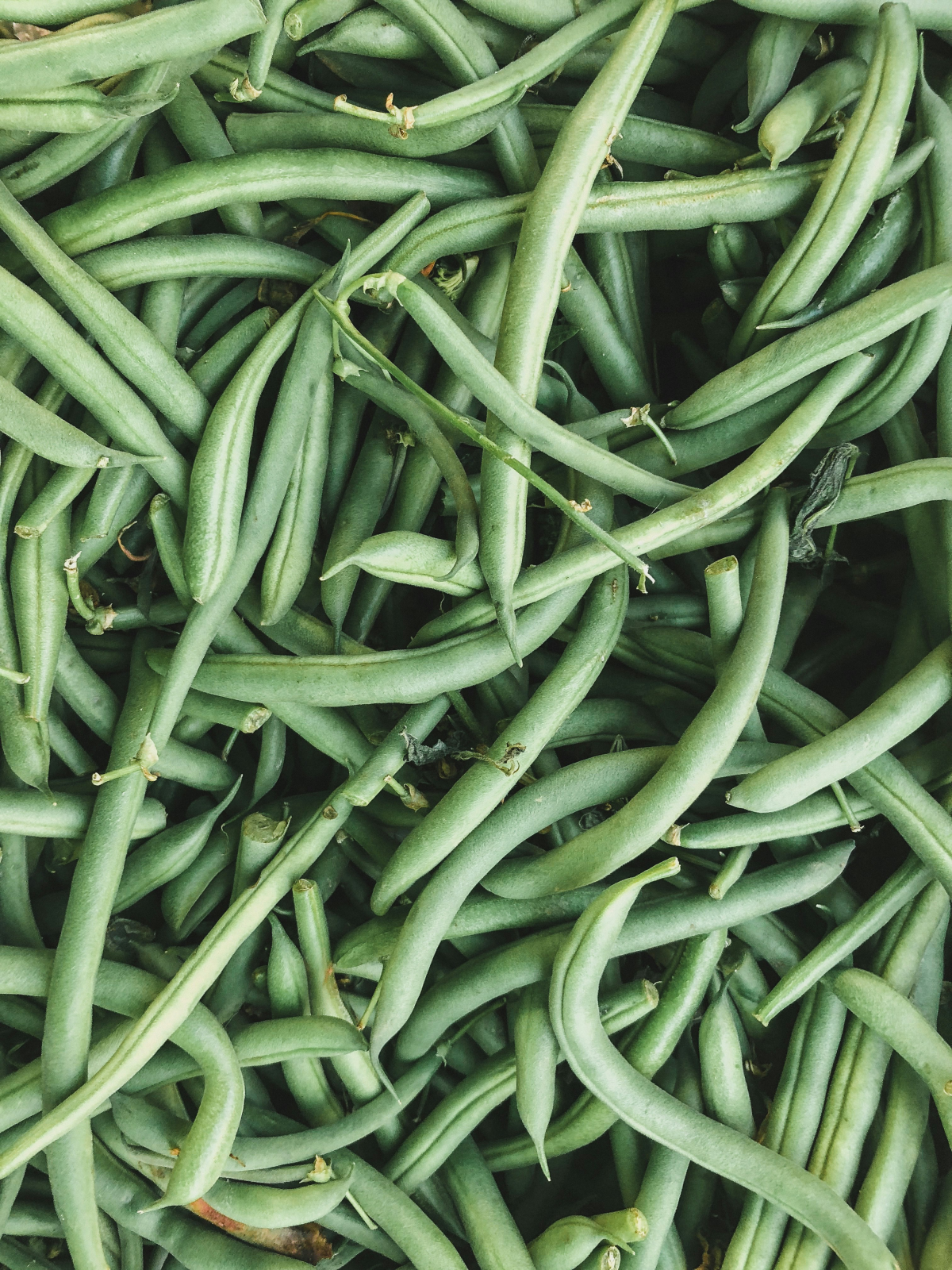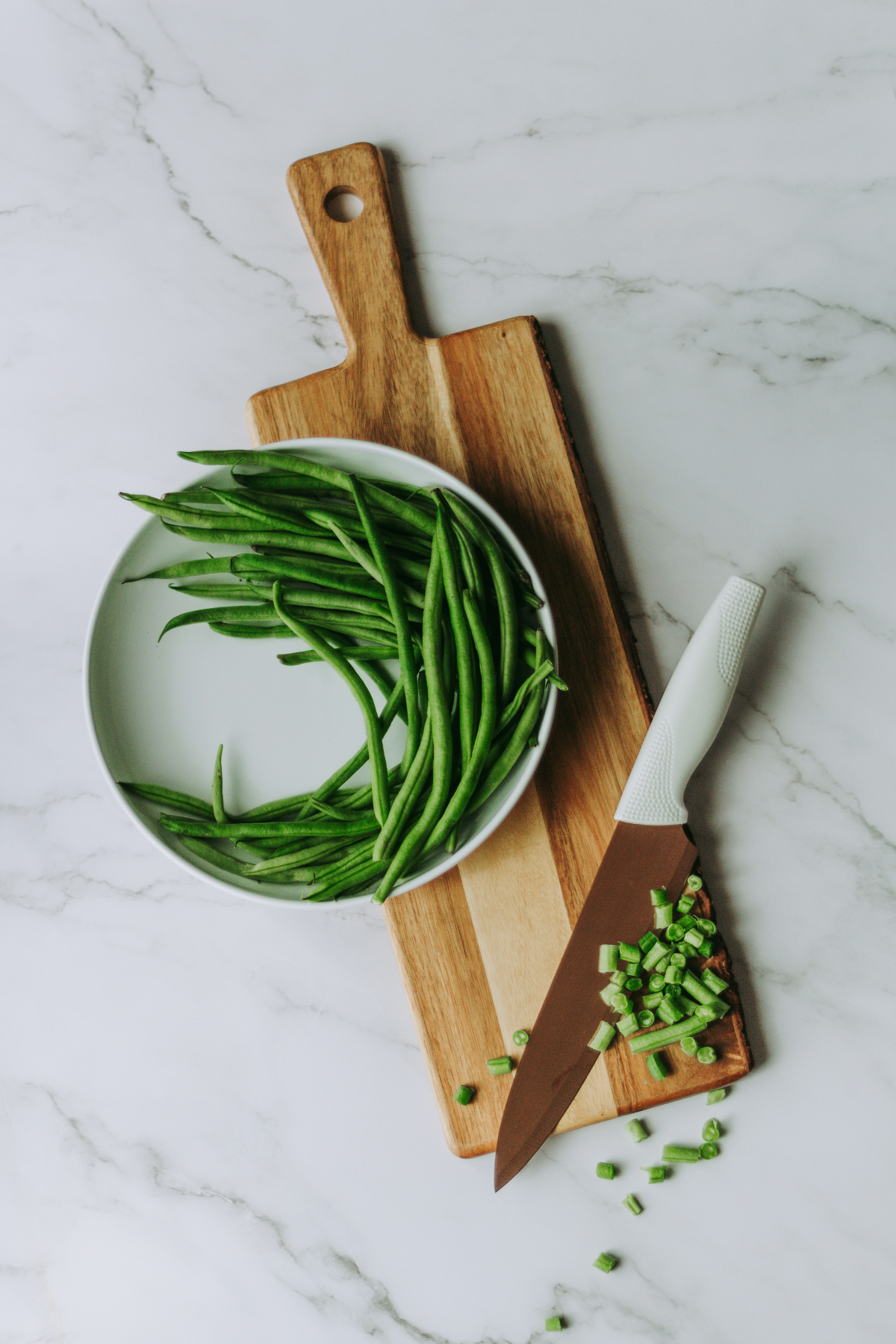String Beans Vs. Green Beans: Differences, Similarities, And More
In the vast world of vegetables, few subjects have caused as much confusion in my kitchen as the debate between string beans vs green beans. I’ve found myself standing in the produce aisle more times than I can count, pondering whether the two were interchangeable in my recipes. It’s a common quandary, and one I aim to dispel today by diving deep into their differences, unearthing their similarities, and sharing a bit more about these green wonders.
Dive into the bean jungle: String beans vs. green beans showdown
In this article
Where Do String Beans and Green Beans Come From?
Let me take you on a brief journey back in time. String beans and green beans have a rich history, with their roots tracing back to different parts of the world. They’ve journeyed from their wild origins to become staples in gardens and kitchens globally. The term “string beans” comes from the fibrous string running along the seam of the bean, a characteristic that modern cultivation has mostly done away with. Green beans, on the other hand, refer more to a color distinction than to any specific type. Understanding this history has always given me a deeper appreciation for these veggies on my plate.
Journey back to where our bean heroes originated, from wild to kitchen favorites
What Are String Beans?
String beans, in my experience, are the more traditional variety. They’re often longer and thinner, with a slightly more fibrous texture. I’ve grown several varieties in my garden, from the classic Blue Lake to the more exotic Purple King, which, fascinatingly, turns green when cooked. Their nutritional benefits are impressive, offering a good dose of vitamins A, C, and K, alongside valuable fiber and minerals.
Discover string beans, the slender underdogs with a crunchy twist
What Are Green Beans?
Now, green beans are what most of us picture when we think of this vegetable: crisp, vibrant, and without the string. They’re a bit broader and shorter than their string bean counterparts, and I’ve found them to be slightly more tender. This makes them incredibly versatile in the kitchen. Nutritionally, they’re quite similar to string beans, making them an excellent choice for those looking to boost their vegetable intake.
Step into the world of green beans, tender and vibrant veggie stars
String Beans Vs. Green Beans
Embarking on the quest to distinguish string beans from green beans has been a fascinating journey, filled with surprising discoveries and enlightening revelations. As a culinary enthusiast and a gardener, I’ve delved into the heart of what makes these beans both unique and alike, uncovering the nuances that define their identity in the world of vegetables. In this article, I aim to share the essence of their similarities and differences, from the subtleties in taste and appearance to the intricacies of their cultivation. Join me as we unravel the mystery that binds and separates these two beloved beans.
It’s crunch time as we explore what sets these beans apart
Similarities
Nutritional profile: Both string beans and green beans boast a rich array of nutrients, including vitamins A, C, and K, alongside essential minerals and fiber. This makes them equally beneficial for a healthy diet.
Culinary Versatility: In my kitchen adventures, I’ve discovered that both beans can be used interchangeably in a myriad of dishes. From salads and stir-fries to casseroles and side dishes, their versatility is unmatched.
Growing Conditions: As a gardener, I’ve observed that both string and green beans thrive under similar conditions. They prefer well-drained soil, ample sunlight, and moderate watering, making them suitable companions in the garden.
Harvest Period: Another striking similarity is their overlapping growing seasons. Both can be planted after the last frost and harvested throughout the summer and into early fall, providing a continuous bounty for the table.
Let’s unveil the surprising similarities that make string and green beans nutritional twins
Differences
Appearance: The most noticeable difference lies in their appearance. String beans, as their name suggests, used to have a fibrous “string” running along the seam, although many modern varieties are now stringless. They are typically longer and thinner. Green beans, on the other hand, are more uniform in color and often shorter and thicker.
Texture and Taste: When it comes to taste and texture, the differences become more pronounced. String beans tend to have a slightly tougher texture and a more robust flavor, making them ideal for dishes that require longer cooking times. Green beans are tender and have a milder taste, perfect for quick cooking methods that preserve their crispness.
Varieties: While both have a wide range of varieties, string beans include both pole and bush types, with some displaying unique colors and patterns. Green beans, however, are generally categorized by their more uniform green color, although they also come in both pole and bush varieties.
Culinary Preferences: Due to their textural differences, culinary preferences tend to vary. String beans are often chosen for heartier dishes, such as stews and braises, where their firm texture can withstand prolonged cooking. Green beans shine in lighter, fresher preparations, such as blanching, steaming, or quick sautéing.
Growing Techniques: Although both beans share similar growing conditions, string beans often require support, like trellises for pole varieties, to thrive. Green beans, especially bush types, are more compact and can grow without additional support, making them slightly easier for beginner gardeners.
Decode the bean identity crisis, distinguishing each bean by its unique traits
How to Choose, Store, and Prepare
Embarking on the culinary journey with string beans and green beans begins long before they hit the pan—it starts in the market aisle or at the garden’s edge. Over the years, I’ve honed a few tricks and tips that ensure I bring home the best beans and keep them at their peak until it’s time to cook. Let’s delve into the nuances of selecting, storing, and preparing these versatile vegetables to maximize their flavor and nutritional benefits.
Dive into the bean debate: string beans vs green beans
Choosing the Best Beans
Whether you’re perusing your local farmer’s market or inspecting your own garden harvest, selecting the best beans is paramount. I always look for pods that are vibrant in color, with a green hue that speaks of freshness and vitality. The pods should be firm to the touch, a sign that they’re at the perfect stage of ripeness. Any signs of wilting, blemishes, or soft spots often indicate that the beans are past their prime. Another lesser-known tip I’ve discovered is to listen for the snap. A fresh bean, when bent, should break cleanly, emitting a satisfying snap. This auditory clue is a testament to their freshness and texture, ensuring that they’ll perform beautifully in any dish.
Learn the art of picking the freshest beans, a true sign of a bean connoisseur
Storing for Freshness
Once home, the challenge becomes keeping these beans as fresh as the day they were picked. I’ve found that moisture is the enemy of freshness when it comes to storing string beans and green beans. To combat this, I store them in a reusable vegetable bag, which I’ve found to be incredibly effective in balancing humidity. Placing the bag in the crisper drawer of the fridge further extends their shelf life, keeping them crisp and fresh for up to a week. A little trick I employ to absorb excess moisture is to place a paper towel in the bag with the beans. This simple step helps to wick away moisture that can lead to premature spoilage, ensuring that the beans remain vibrant and firm until you’re ready to use them.
Discover how to keep beans fresh, ensuring they stay crisp and tasty
Preparation Techniques
Preparing these beans for cooking is a straightforward affair, but a few tips can enhance their natural flavors and textures. First, I always give them a thorough wash under cold water to remove any dirt or residue. Although it might seem like a small step, it’s crucial for ensuring the cleanliness and safety of your produce. Trimming the ends of the beans is a task I find both therapeutic and beneficial. While some might consider it optional, I’ve found that removing the stem end improves the texture and appearance of the beans, especially in dishes where presentation is key. For string beans, if you happen to come across a variety that still has the fibrous string, simply peel it away as you trim the ends.
Master bean prep, from trimming to washing, getting them ready for the spotlight
Cooking
When it comes to cooking, both string beans and green beans are wonderfully adaptable. They can be steamed, boiled, sautéed, or even eaten raw in salads. The key is not to overcook them; you’re aiming for a tender-crisp texture that retains the beans’ natural vibrancy and nutritional content. A quick blanch in boiling water followed by an ice bath can brighten their color and enhance their crispness, making them an inviting addition to any plate.
Turn beans from simple to spectacular with cooking tips that highlight their natural pop
Exploring the world of string beans vs green beans has been a journey of culinary discovery and garden delight for me. Understanding their differences and similarities has not only made me a better cook but also deepened my appreciation for the simple pleasures these vegetables offer. Whether you’re a seasoned gardener, a culinary enthusiast, or someone just beginning to explore the vast world of vegetables, I encourage you to embrace both string beans and green beans in your adventures. The journey, I assure you, is as rewarding as the destination.
String beans vs green beans: both shine in the kitchen
